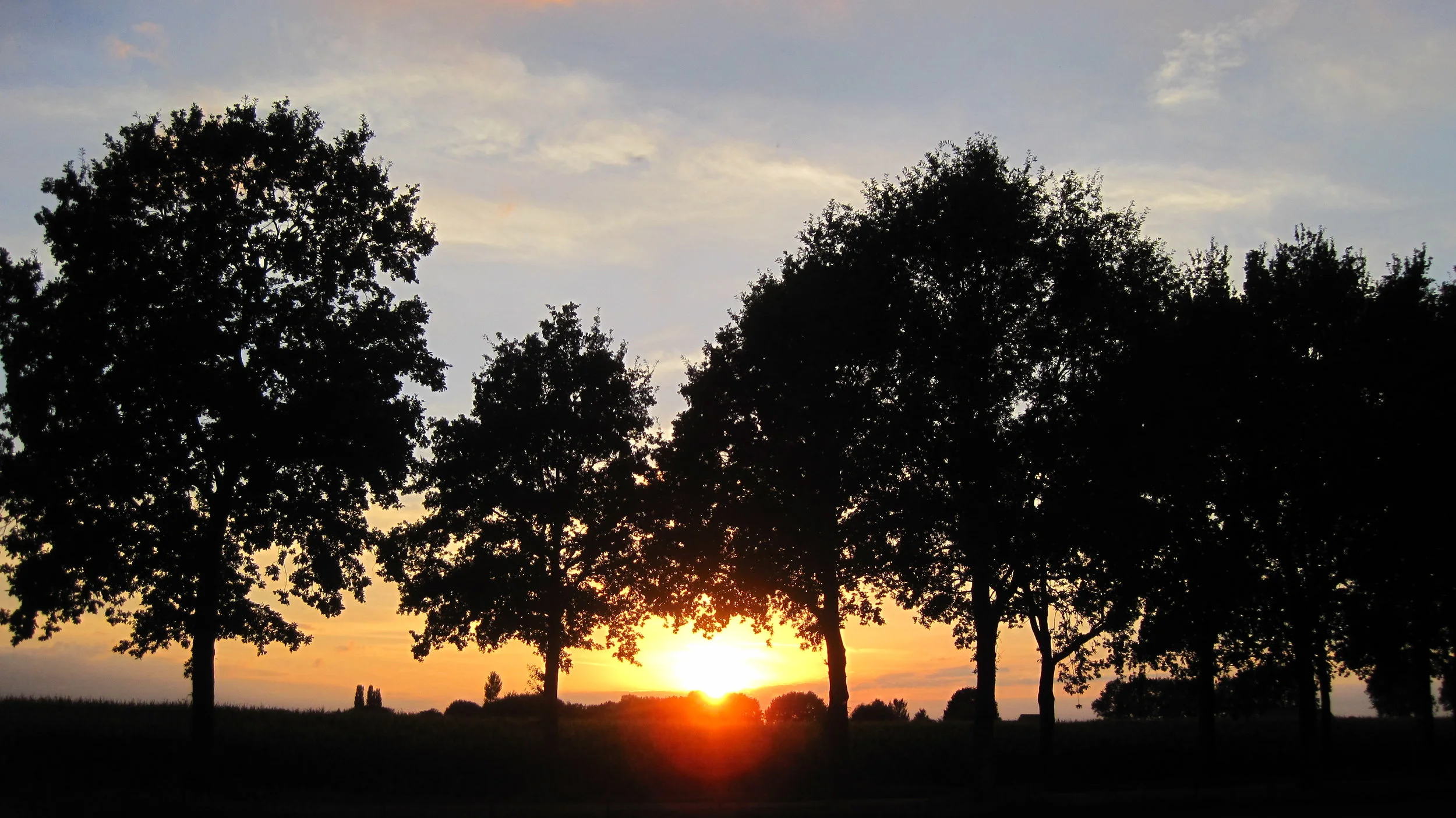Silent Spring is the title of a book by Rachel Carson, which was published in 1962, and which documents the destructive effect of synthetic pesticides on the environment.
Unfortunately our daily walk now reminds me of this book.
Within a period of three years the ground nesting birds (called weide vogels in dutch) have been all but wiped away from this part of the landscape. The wonderfull experience of enjoying their homecoming, early in the spring, has this year been lost.
Rachel Carson was ahead of her time in highlighting the threat from these chemicals, and Wikipedia outlines the remarkable struggle she experienced as she faced up to personal battle against cancer, while her work was attacked by hostile chemical producers.
The reference to a silent spring refers to the experience of witnessing fields , which should at this time of the year be filled with the joyous sounds of birds, returning after often long and arduous journeys, in order to raise the next generation... falling silent
A Silent Spring for me, is an experience of the joy of spring being killed prematurely. Silence in fields which should be alive and thriving, is an erie, disturbing experience which unfortunately is occurring in the fields along which we walk right now.
The ground nesting birds, which bring so much joy, have until now pretty much failed to come back this year after bravely trying to hang on for the last 3 years.
In particular the lapwings (plovers, or in dutch, kiewits) are noticeable by their absence. Over a week ago we saw a small group, but other than a few stragglers, nothing like sustainable numbers.
Really upsetting to witness, especially as from what I have seen to date, this is not just a problem for these particular fields. These birds for now at least seem to have pretty much disappeared from this area.
At what point does this become an extinction? When I see the pace of the decline within a period of 3 spring-times, ( in effect within 2 years) it is difficult to see a lot of hope for these birds.
The weather this spring is unusually good this year, and the farmers around here are busy working their fields earlier than usual, but the bare fact is that only 2 years ago we saw more than 20 pairs try( mostly unsuccessfully) to nest, and this year too date there ARE NONE.
In effect the landscape around where we live has been rendered unsustainable, inhospitable, and downright dangerous for them. Ever changing farming practices have caught these birds completely off guard. They have no answer.
Unfortunately it seems neither do we. The destruction continues. NO meaningful action is being taken, we are on the cusp of an extinction event for many ground nesting birds without some allowance being made in current farming methods.
Extinction events are not just happening in far flung exotic locations elsewhere in the world. They are happening now around your home too, for this same process, is happening in different forms pretty much everywhere.
That we should be allowing this process to go unchecked in the so called civilized countries of the west is disturbing and depressing. It is a sad indictment of our societies, and the organisations leading them.
I will be exploring some of the reasons why spring here is being prematurely killed off, over the following weeks.
Witnessing this has dented my moral a bit. Unfortunately I cannot currently provide a safe environment for these birds. I can see they do not stand a chance, but feel powerless. and that is really not a nice feeling.
What I can do is make sure that our bit of planet earth shines out like a beacon of hope. Spring HAS come here. This place is alive.
The difference to the surrounding fields is like chalk and cheese, alive and dead.
So to end on a positive note, I have included some photos of our bit of Eden. An oasis in a desert of efficient , monotonous monoculture, which I hope will inspire you to action.













